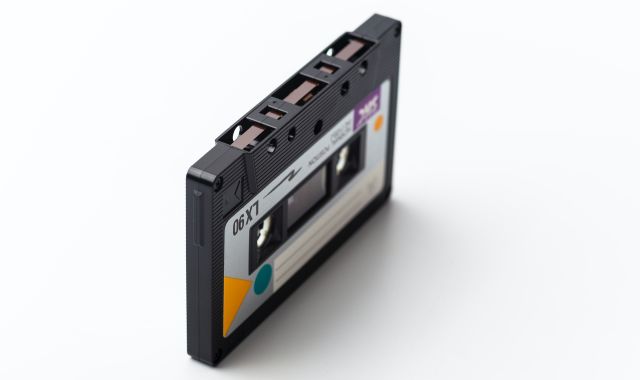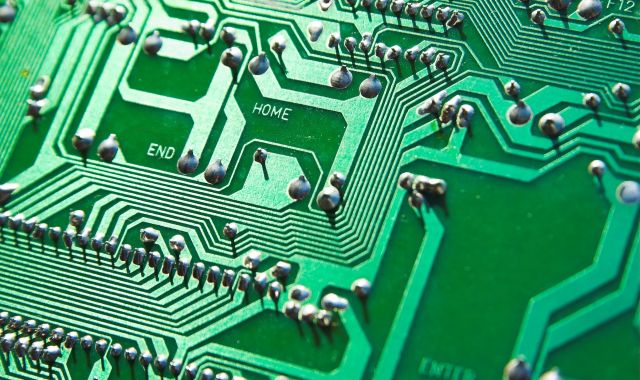
Gone are the days when human interaction was the sole key to operate machines and devices in the household. Following the current trail of technology, smart homes are slowly becoming the new norm. Our homes are being transformed by technology in remarkable and unprecedented ways, unearthing a new paradigm known as the ‘Connected Home’ or ‘Intelligent Home’.
One of the most fascinating innovations to grace the domain of smart homes is the arrival of voice-controlled Artificial Intelligence (AI) systems like Amazon’s Alexa, Google Home, and Apple’s Siri. These voice-activated virtual assistants are the epitome of human-machine interaction at its finest — gone are manual controls, in are voice commands. If you tell Alexa to dim the lights, she dims the lights. If you tell Siri to play some music, she plays your favorite tracks.
Let’s delve deep into these devices’ detailed work mechanisms. The secret all boils down to the mighty algorithms behind. These intelligent virtual assistants understand requests via Natural Language Processing (NLP). They break the spoken word into small fragments, interpret the meaning, and execute the action. For instance, when you say, ‘Alexa, what’s the weather like?’ the AI separates the sentence, analyses the user’s intention as an inquiry about the weather, and consequently fetches the information from the cloud before voicing it out.
Another revolutionary technology that can’t escape mention is smart lighting systems like the Philips Hue. These allow residents to set lighting preferences according to the occasion, whether it be a cozy dinner, movie time, or a late-night study session. These lights operate via an integrated phone app that lets you control brightness levels, turn off and on, and even change colors all from your smartphone.
This smart lighting technology even incorporates a feature that gradually increases light intensity, simulating a sunrise, allowing you to wake up naturally if prefer quiet mornings without alarming alarms. Furthermore, you can set timers so lights can automatically switch off when you usually grind off to sleep, ensuring you never rummage around looking for a light switch again.
And then there is the remarkable Nest Thermostat. This smart home technology learns your habits over time and subsequently tailors your home’s temperature needs. Nest identifies patterns like when you’re usually away and when you’re usually back, how much heating or cooling you prefer during particular times, and modifies the temperature accordingly — all automated. Plus, the aim is not just convenience; it also helps in significant energy saving and reducing carbon footprints.
The critical part about these technological advancements is that they’re not standalone devices but communicate with each other to orchestrate a seamless living experience. For instance, your blinds can close, the lights can dim, and the temperature can lower, all at your single voice command to Alexa or Siri to ‘start the movie night.’ It makes you the conductor of a high-tech symphony being played at the comfort of your home.
The future holds more fascinating developments in smart home technology, such as connected appliances as mundane as the toaster and the kettle, all working in harmony. Our homes are no longer mere brick-and-mortar structures but an extension of our personalities and preferences— a comfortable, convenient living space that thinks for itself, thanks to technology.









